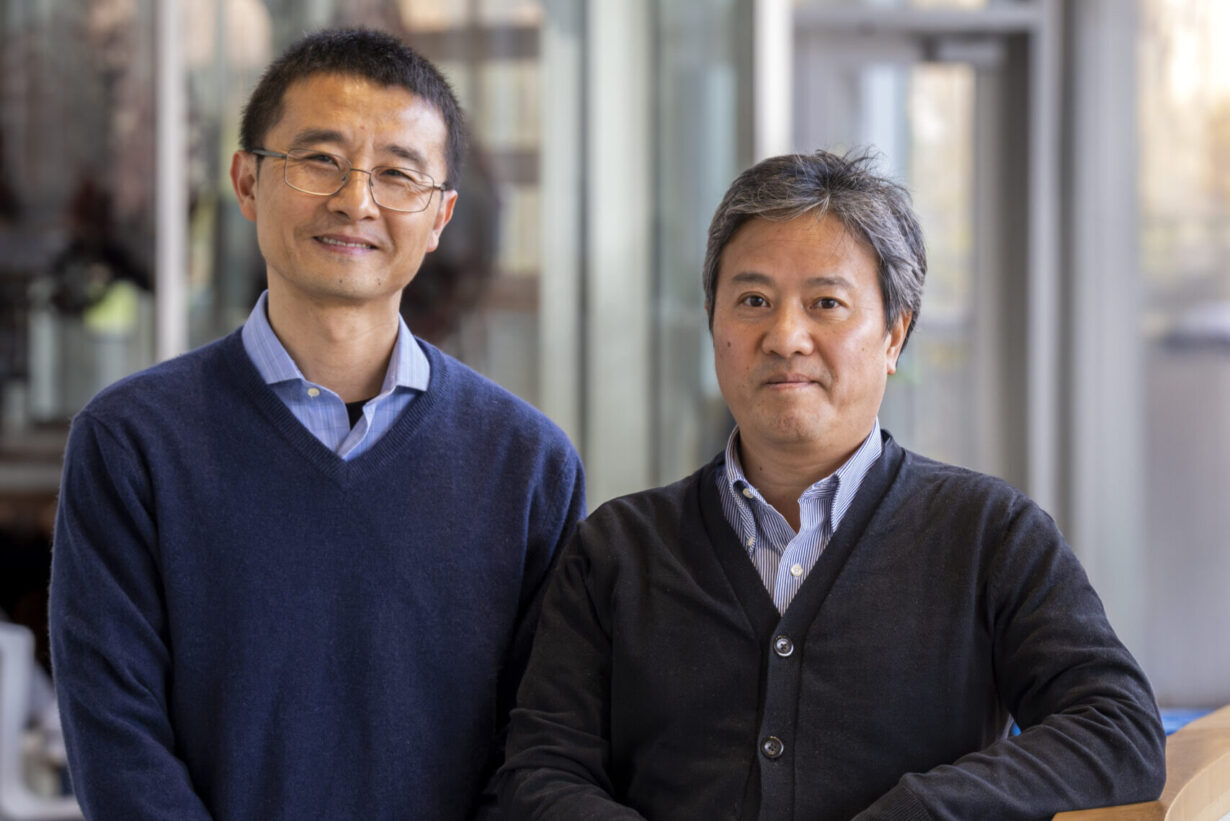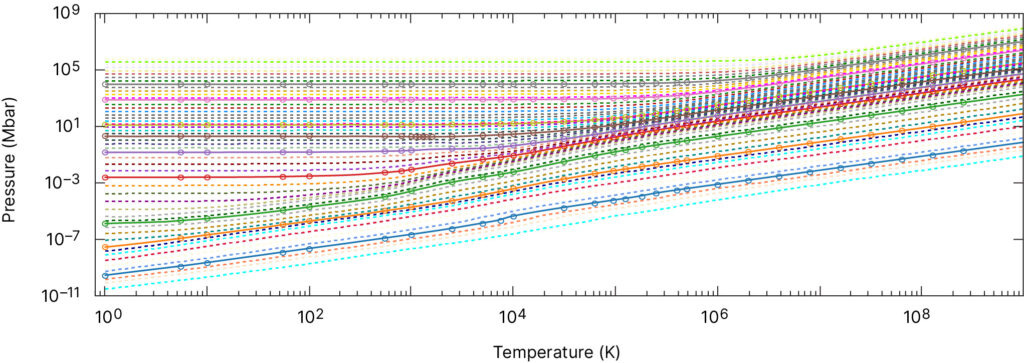The 2024 Nobel Prize in Physics recognized the inventors of neural networks, highlighting the revolutionary impact of artificial intelligence (AI) and machine learning (ML) across scientific disciplines. AI is proving to be a game changer in the realm of high-energy-density (HED) physics—a field exploring matter under extreme conditions. A dynamic collaboration between the University of Rochester’s Laboratory for Laser Energetics (LLE) and Rochester Institute of Technology (RIT) is at the forefront of this exciting intersection of AI and HED physics.
Tackling Cosmic Complexities
HED physics investigates matter under pressures millions of times greater than Earth’s atmosphere and at temperatures rivaling those found at the cores of stars. These extreme conditions, found in astrophysical objects and in fusion experiments, present unique challenges for researchers. “To unravel the underlying physics and trend, we need AI/ML experts like Professor Qi Yu at RIT’s Machine Learning and Data Intensive Computing (Mining) Lab in the School of Information to help ‘mine’ the ‘precious’ HED data from complicated and expansive first-principles calculations and experiments,” explains Distinguished Scientist Suxing Hu, who leads LLE’s High-Energy-Density Physics (HEDP) Theory Group. The complexity of modeling such extreme environments, the computational expense of large-scale simulations, and the need to extract meaningful insights from vast, noisy datasets have long been hurdles in the field. AI and ML techniques offer powerful solutions to these challenges, enabling more-efficient data analysis, optimized simulations, and improved predictions of complex behaviors.
A Fusion of Expertise
The collaboration between LLE and RIT exemplifies how local expertise can drive global scientific progress, built on a foundation of shared community ties and evolving professional goals. Hu and Yu first became acquainted nearly a decade ago and over time, their interactions grew into a deeper appreciation for each other’s work. This foundation paved the way for a formal partnership four years ago, when an opportunity arose to unite their respective strengths in HED physics and AI.
Hu notes, “This collaboration between LLE and RIT was built naturally out of the needs and by the dedicated efforts of experts based in the Rochester region.” Similarly, Yu recognizes the synergy that has resulted from this ideal and dynamic partnership: “The collaboration with Dr. Hu’s HEDP Theory Group at LLE offers an invaluable opportunity to demonstrate how AI/ML can address long-standing challenges in HED physics. This initiative aligns with the core research theme of the Mining Lab at RIT, which emphasizes the development of innovative, resource-efficient AI systems to advance scientific discovery.”





